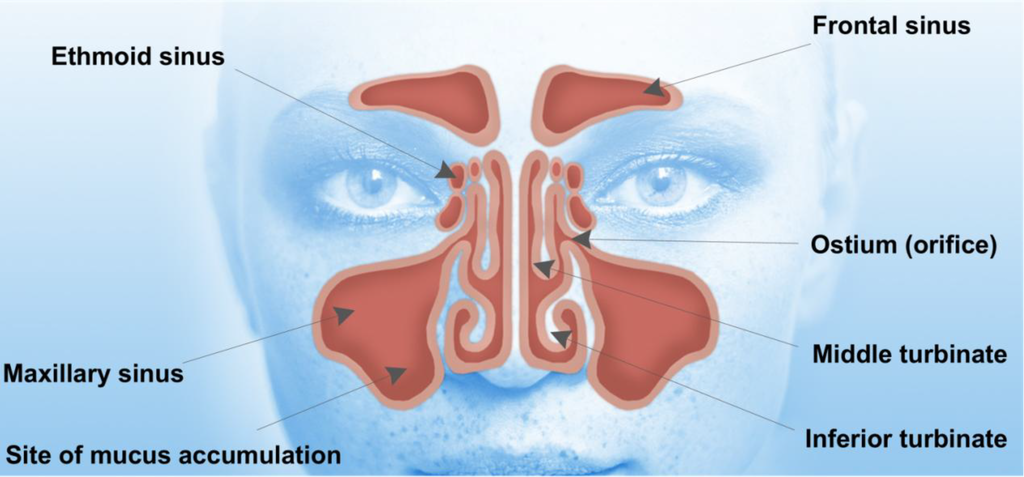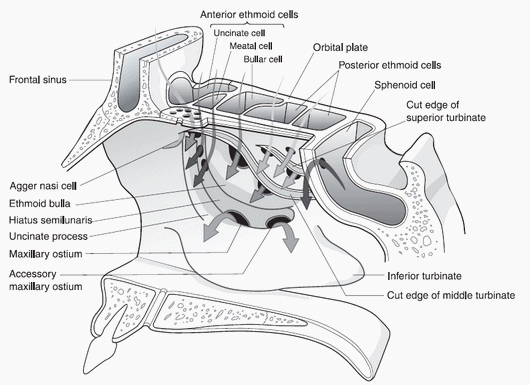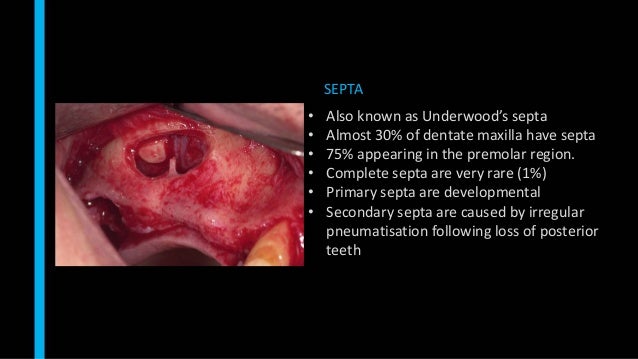Drain Maxillary Sinus Head Position. The maxillary sinuses are the largest of the sinuses. The pyramid-shaped maxillary sinus (or antrum of Highmore) is the largest of the paranasal sinuses, and drains into the middle meatus of the nose through the osteomeatal complex.

It is the largest air sinus in the body.
Lateralization of the maxillary sinus without detachment of the medial wall as a consequence of After lifting the sinus membrane, it is possible to position the implants at the same time if the bone Head of the Section of Implant Dentistry and Oral Rehabilitation, IRCCS, Galeazzi Institute, Milan, Italy.
My sinuses then started draining and every now. it might be once before, I am better now, but during the week of the off and on vertigo my head felt heavy . water and making sure to prop my head up at night, as I at times have problems with my sinuses draining . for the most part and am now. They are located laterally and slightly inferiorly to the nasal cavities. Cysts are closed, pocket-like formations of tissue and are filled with liquid, air or. The maxillary sinus is the paranasal sinus that impacts most on the work of the dentist as they will often be required to make a diagnosis in relation to orofacial pain that may be sinogenic in origin. The maxillary sinus (or antrum of Highmore) is a paired pyramid-shaped paranasal sinus within the maxillary bone which drains via the maxillary ostium into the infundibulum, then through hiatus semilunaris into the middle meatus. Sinus pressure from infections is often to blame.
So, for example, in the place of origin, there Removal of the cyst of the maxillary sinus can be prescribed by a doctor only if the formation has reached a. The maxillary sinus has a pyramidal shape, with its base directed medially against the nasal cavity and the apex pointing posterolaterally. Before operation, this opening should be. Maxillary sinus: located beneath the eyes under the cheekbones within the maxilla bone of the face. The pyramid shaped maxillary sinus (or antrum of Highmore) is the largest of the paranasal sinuses, and drains into the nose. The pyramid shaped maxillary sinus (or antrum of Highmore) is the largest of the paranasal sinuses, and drains into the nose.
The maxillary sinuses are the largest of the paranasal sinuses, located one on each side as well as totally fill the bodies of the maxillae. This is due to the fact that the maxillary sinuses drain into the nose via a passageway located under the middle turbinate. The pyramid shaped maxillary sinus (or antrum of Highmore) is the largest of the paranasal sinuses, and drains into the nose.






